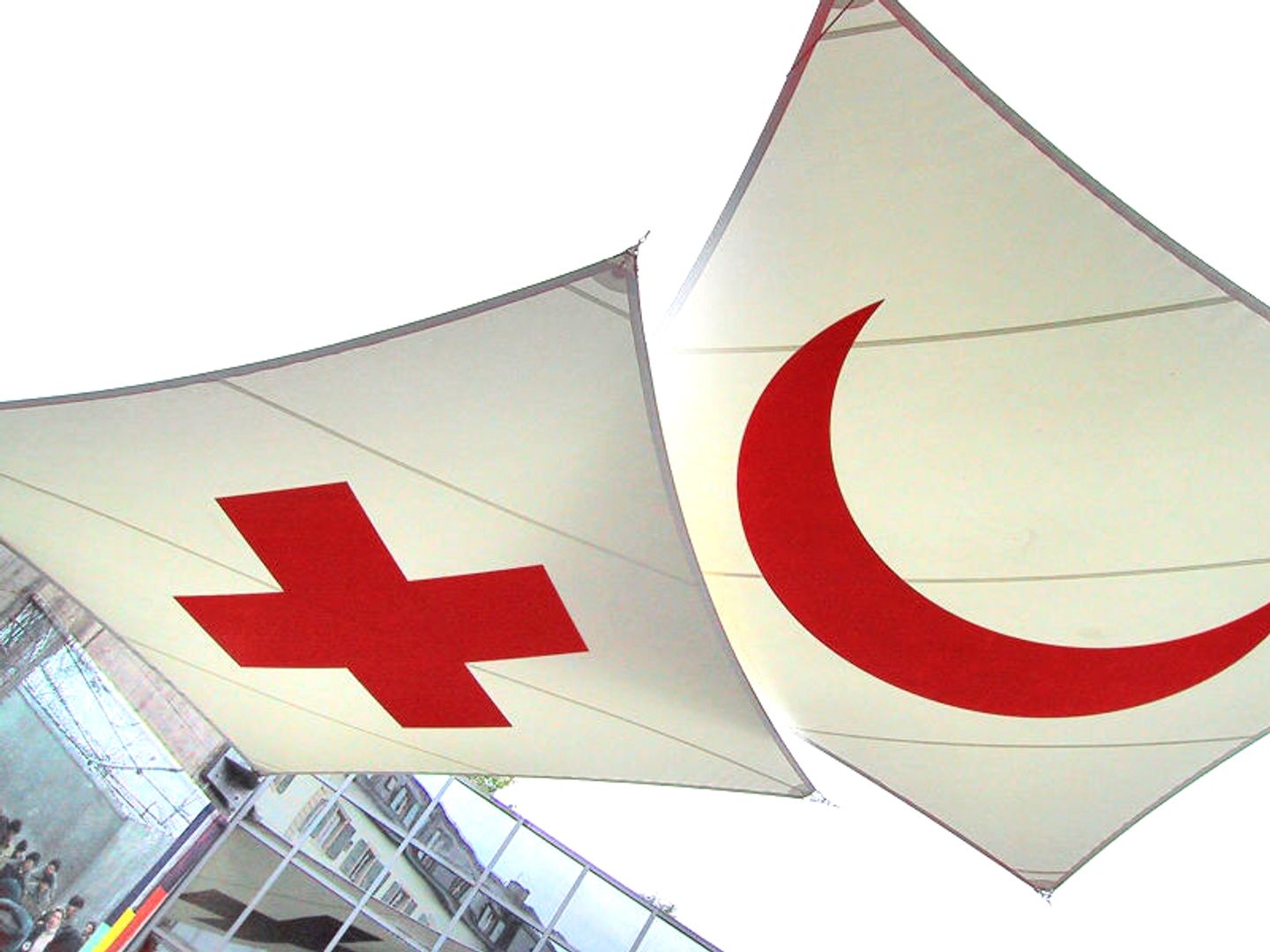International Red Cross and Red Crescent Movement
6.4

Overview
The International Red Cross and Red Crescent Movement is a humanitarian organization that, since its inception in 1863, has grown to include approximately 16 million volunteers and staff worldwide. It was founded on the initiative of Swiss businessman Jean-Henri Dunant, who, deeply moved by the harrowing aftermath of the Battle of Solferino, was inspired to establish an institution dedicated to protecting wounded soldiers. In 1864, the first Geneva Convention was adopted, laying down the principles for safeguarding the wounded, medical personnel, and humanitarian institutions during wartime. Over the years, the movement expanded, encompassing more countries and establishing national societies. Notably, in 1917, the Red Cross was awarded the Nobel Peace Prize, and in 1944, it received the prize for the second time in recognition of its efforts during World War II. Today, the movement is built upon three main pillars: the International Committee of the Red Cross (ICRC), the International Federation of Red Cross and Red Crescent Societies (IFRC), and the national societies. Architecturally, the ICRC headquarters is located in Geneva, and its symbols, such as the Red Cross and the Red Crescent, are recognized globally. The movement is distinguished by its principles of neutrality, independence, and impartiality, which are crucial to its operations in challenging contexts like armed conflicts and disasters. It engages not only in caring for the victims of war but also in providing emergency assistance, as seen in its current operations in Ukraine and Gaza, where it emphasizes the importance of protecting civilians and adhering to international humanitarian law.
Location
Country
2025 Wizytor | All Rights Reserved